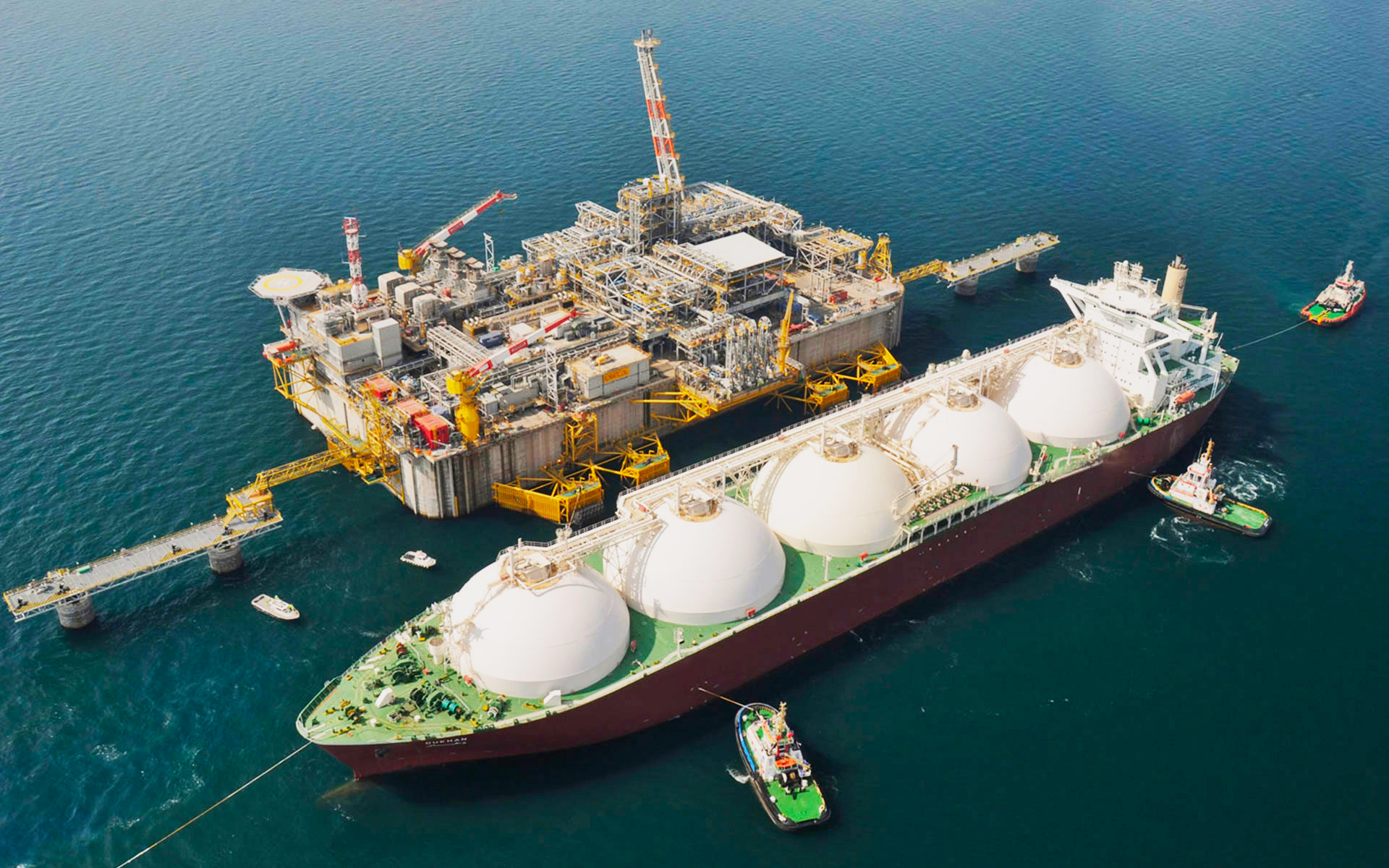Introduction
When dealing with liquefied natural gas (LNG), handling the extreme cold temperatures is crucial for operational efficiency and safety. The VT1000 valve is designed to tackle these challenges head-on. In this article, we’ll explore the VT1000’s role in sub-zero LNG environments, its design features, and its importance in the LNG industry.Vt1000 in Subzero lng Environment.
The VT1000: A Cold Weather Champion
Overview of the Valve
The VT1000 is a specialized valve engineered for the demanding conditions of LNG applications. Its design ensures reliable performance even in extremely low temperatures, making it an essential component in the LNG industry.
Purpose in LNG Industry
In the LNG industry, valves like the VT1000 play a critical role in managing the flow of liquefied natural gas, ensuring that operations remain safe and efficient despite the challenges posed by sub-zero temperatures.
Understanding LNG and Its Challenges
What is LNG?
Liquefied Natural Gas (LNG) is natural gas that has been cooled to a liquid state at about -260°F (-162°C) for ease of storage and transportation. In its liquid form, LNG occupies approximately 1/600th the volume of natural gas in its gaseous state.vt1000 in subzero lng environment
Extreme Temperatures: Challenges of Handling LNG
Handling LNG requires equipment that can withstand cryogenic temperatures without compromising performance. The extreme cold can cause materials to become brittle and affect the operation of standard valves. This is where the VT1000’s advanced design comes into play.
Valve Requirements: Specific Needs for LNG Applications
Valves used in LNG applications must handle extreme temperatures, high pressure, and must be resistant to leakage and material degradation. The VT1000 meets these needs with precision engineering and robust construction.
The VT1000: A Solution for Extreme Conditions
Design and Construction
- Materials Used: The VT1000 is crafted from high-grade, cryogenic-resistant materials such as stainless steel and other alloys designed to withstand the intense cold without losing structural integrity.
- Sealing Mechanisms: It features advanced sealing technology to prevent leaks and ensure a tight seal even under extreme conditions.
- Insulation Techniques: The valve is insulated to maintain optimal performance and protect against thermal stresses.
Temperature Tolerance
- Minimum Operating Temperature: The VT1000 can operate efficiently at temperatures as low as -320°F (-196°C), making it ideal for LNG applications.
- Cryogenic Capabilities: Designed specifically for cryogenic environments, it ensures reliable performance in LNG handling and processing.
Pressure Handling
- High-Pressure Resistance: The VT1000 is engineered to withstand the high pressures typically encountered in LNG systems, maintaining safety and efficiency.
Key Features and Benefits
- Reliability and Durability: The valve’s robust construction ensures a long lifespan and minimal maintenance requirements, even in harsh conditions.
- Safety: Advanced safety features prevent leaks and accidents, essential for handling LNG.
- Efficiency: Optimized for LNG applications, it ensures smooth and efficient operation.
- Cost-Effectiveness: While initially more expensive, the VT1000’s durability and efficiency lead to long-term savings and value.
Applications in the LNG Industry
LNG Storage Tanks
In storage tanks, the VT1000 regulates the flow of LNG, ensuring safe and efficient storage.
Liquefaction Plants
The valve is used to control the flow of LNG during the liquefaction process, critical for maintaining the integrity of the system.
Transportation Vessels
On LNG carriers, the VT1000 helps manage the transfer and storage of LNG, ensuring safe and efficient transportation.
Regasification Terminals
In regasification terminals, the VT1000 plays a role in converting LNG back into its gaseous state for distribution.
Comparison to Other Valves
Conventional Valves: Limitations in Cold Environments
Standard valves often struggle with the extreme cold temperatures required for LNG, leading to issues such as material brittleness and compromised seals.
Advantages of the VT1000
Compared to conventional valves, the VT1000 offers superior performance in cryogenic conditions, with enhanced safety features, durability, and efficiency.vt1000 in subzero lng environment
Case Studies and Success Stories
Real-world Examples of VT1000 Performance
The VT1000 has been successfully implemented in various LNG facilities worldwide, showcasing its reliability and efficiency in real-world scenarios.
Testimonials from Industry Professionals
Industry professionals praise the VT1000 for its performance, with many highlighting its durability and effectiveness in challenging conditions.
Future Developments and Trends
Innovations in Valve Technology
Future advancements in valve technology are expected to focus on enhancing materials and designs to further improve performance in extreme conditions.
Emerging Applications for LNG
As the demand for LNG grows, new applications and technologies will likely emerge, requiring advanced solutions like the VT1000.
You May Also Like: Breaking Language Barriers with Přeldač’s AI Revolution
Conclusion
The VT1000: A Vital Component of the LNG Industry
The VT1000 valve represents a critical advancement in handling LNG in sub-zero environments. Its robust design, reliability, and efficiency make it an invaluable component in the LNG industry, ensuring safe and effective operation in some of the most challenging conditions.
FAQs
1. What makes the VT1000 suitable for sub-zero LNG environments?
The VT1000 is designed with cryogenic-resistant materials and advanced sealing mechanisms, making it ideal for handling LNG at extremely low temperatures.
2. What are the temperature and pressure tolerances of the VT1000?
The VT1000 can operate at temperatures as low as -320°F (-196°C) and handle high pressures typically encountered in LNG systems.
3. How does the VT1000 compare to conventional valves in LNG applications?
Compared to conventional valves, the VT1000 offers superior performance in cryogenic environments, with better durability, safety features, and efficiency.
4. What are the key features of the VT1000?
Key features include advanced sealing technology, cryogenic capability, high-pressure resistance, and durable construction designed for minimal maintenance.
5. Where is the VT1000 commonly used in the LNG industry?
The VT1000 is used in LNG storage tanks, liquefaction plants, transportation vessels, and regasification terminals.











